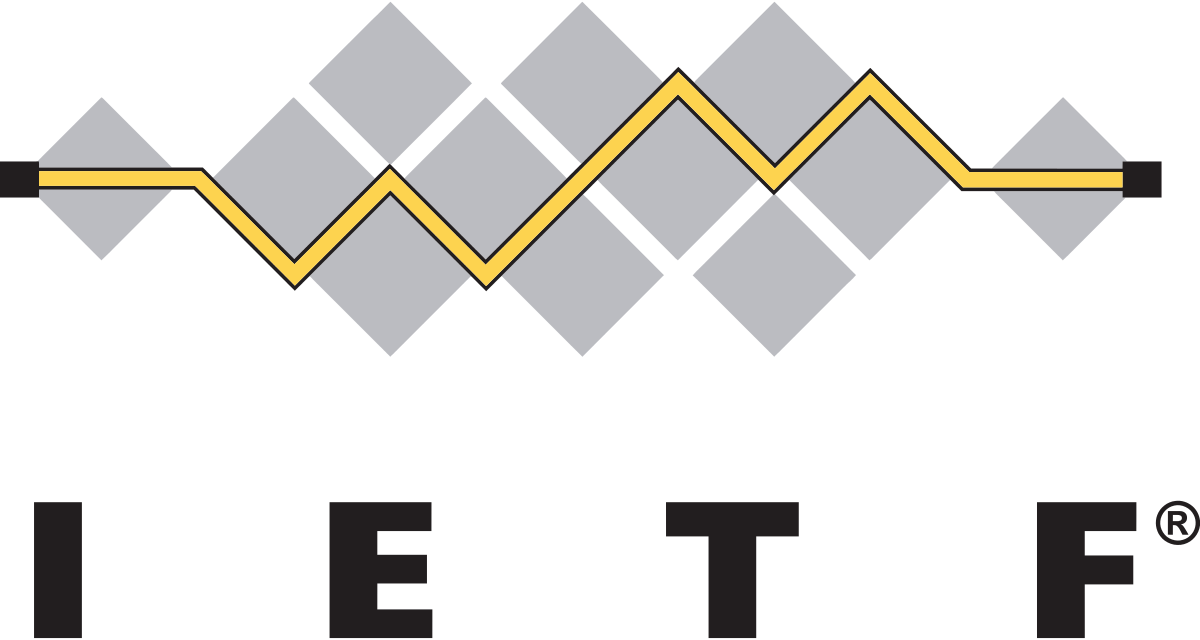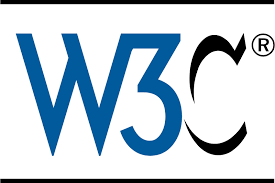OASIS Cyber Threat Intelligence (CTI) TC
The OASIS Cyber Threat Intelligence (CTI) TC was chartered to define a set of information representations and protocols to address the need to model, analyze, and share cyber threat intelligence. In the initial phase of TC work, three specifications will be transitioned from the US Department of Homeland Security (DHS) for development and standardization under the OASIS open standards process: STIX (Structured Threat Information Expression), TAXII (Trusted Automated Exchange of Indicator Information), and CybOX (Cyber Observable Expression).
The OASIS CTI Technical Committee will:
- define composable information sharing services for peer-to-peer, hub-and-spoke, and source subscriber threat intelligence sharing models
- develop standardized representations for campaigns, threat actors, incidents, tactics techniques and procedures (TTPs), indicators, exploit targets, observables, and courses of action
- develop formal models that allow organizations to develop their own standards-based sharing architectures to meet specific needs











